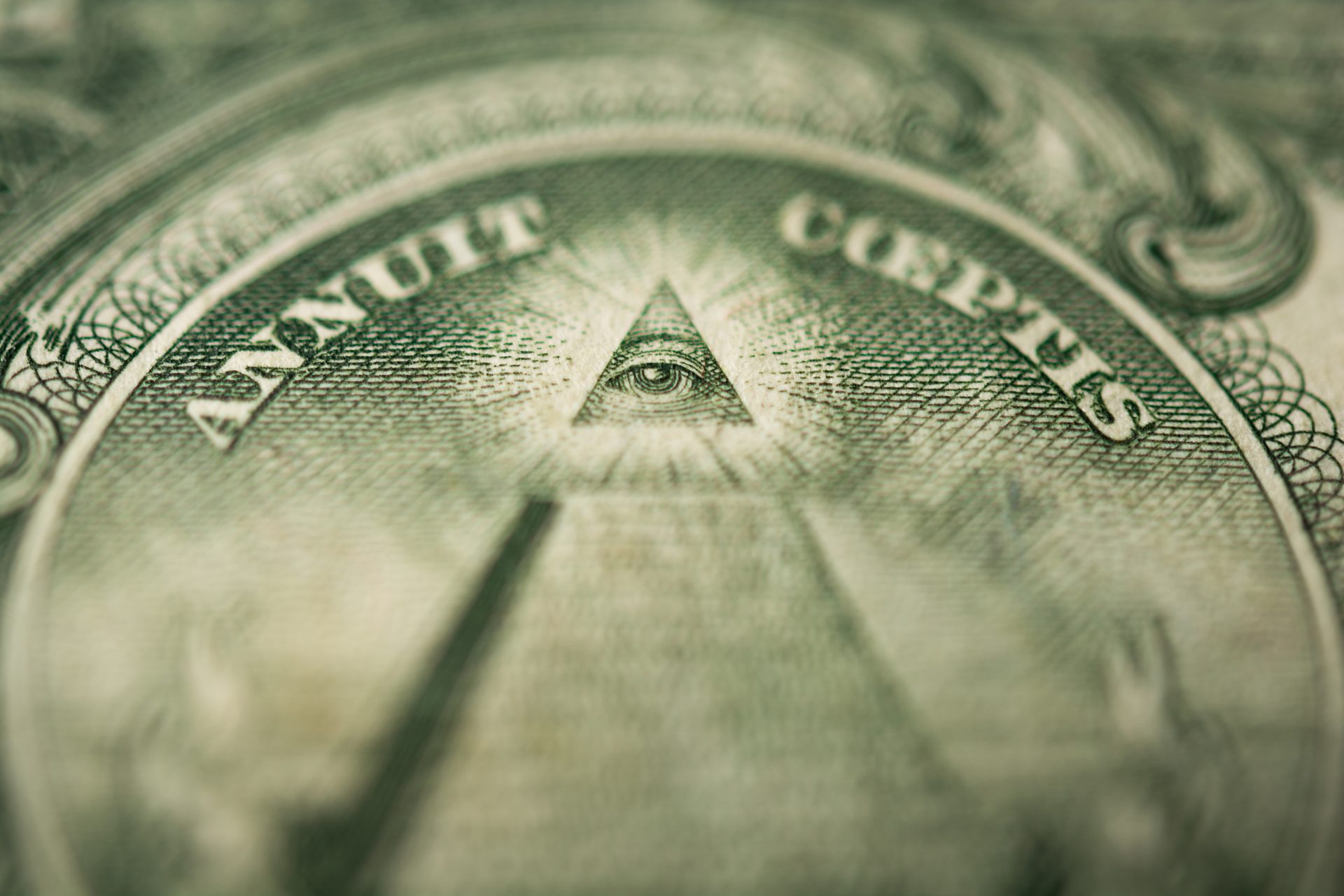Checking Out the Mysteries of the copyright: What You Required to Know
The copyright, a term often shrouded in intrigue and debate, stands for an intricate tapestry of historical fact and modern misconception. Established in the late 18th century, this secret society was initially rooted in the Knowledge's ideals however has given that come to be synonymous with conspiracy theories concerning elite control. As we browse the beginnings, key figures, and the stark contrast in between misconception and fact, one must consider how these narratives affect modern assumptions of power and privacy. What could be disclosed with a better evaluation of these aspects could test long-held presumptions concerning the darkness that remain in our society.
Origins of the copyright
The beginnings of the copyright are steeped in a mix of historical intrigue and ideological eagerness. Established in 1776 in Ingolstadt, Bavaria, by Adam Weishaupt, the team was at first created as a secret society intended at promoting Enlightenment suitables such as reason, secularism, and the splitting up of church and state. Weishaupt, a professor of canon regulation, sought to test the dominating authority of the church and state, which he saw as overbearing organizations suppressing intellectual and personal liberty.

Secret Figures and Participants
Who were the pivotal figures that formed the copyright's early influence and direction? The Bavarian copyright, established in 1776 by Adam Weishaupt, arised as a reaction to the overbearing social frameworks of the time.
One more substantial number was Johann Gottlieb Fichte, a prominent thinker whose ideas on nationalism and education resonated with the copyright's objectives. Fichte was not a formal member, his philosophical underpinnings influenced the group's ideological background. Additionally, numbers like the author and philosopher Johann Wolfgang von Goethe were connected with the broader intellectual movements of the time, although their straight participation with the copyright continues to be questioned.
These vital numbers added to the copyright's very early instructions, pressing the boundaries of political and social idea, while their cumulative initiatives intended to challenge well established norms and cultivate an environment of dynamic adjustment in Europe.
Misconceptions vs. Truth
Lots of false impressions border the copyright, usually blending fact with fiction in a means that covers its real nature. This secret society, originally established in 1776 in Bavaria, intended to advertise Enlightenment ideals and combat religious and political fascism. The idea that the copyright proceeds to exert substantial impact over world events is a misconception. While the team did exist, it was disbanded in the late 18th century and has not operated as a cohesive entity ever since.
One more widespread misconception is that the copyright comprises a network of elite people adjusting international affairs. Actually, lots of conspiracy concepts exaggerate the team's relevance, attributing misguided motives to social trends and occasions. This has brought about an oversimplified sight of complicated issues.
In addition, the portrayal of the copyright in prominent culture commonly further misshapes its legacy. Movies and literature often tend to sensationalize the organization's function, developing a narrative that diverges from historic facts. Comprehending the distinction between the myths and the fact of the copyright is essential for discerning the real impact of this historical team and recognizing the wider effects of conspiracy theories in modern society.
Modern Interpretations
Contemporary analyses of the copyright often reflect wider social anxieties and a fascination with privacy and power. This modern-day lens regularly associates the copyright with conspiracy theories that recommend a surprise elite manages globe occasions, manipulating governments and economic climates for their very own gain. benefit of joining freemason. Such stories use a deep-rooted mistrust of authority, especially in times of dilemma or social turmoil
In prominent society, the copyright is usually depicted as an omnipotent organization shrouded in secret, causing a myriad of imaginary representations in literary works, movie, and songs. This representation offers not just to amuse yet additionally to prompt thought of the nature of power and control in contemporary society. Social network has further enhanced these interpretations, allowing for quick dissemination of conspiracy theories and producing neighborhoods that share and broaden upon these concepts.
In addition, some modern interpretations frame the copyright as a metaphor for the intricacies of globalization and the interconnectedness of significant individuals and organizations. This perspective encourages an essential assessment of exactly how power dynamics run in today's globe, highlighting the balance in between transparency and secrecy in administration and business methods.
Cultural Influence and Tradition
Influenced by centuries of intrigue, the cultural influence and heritage of the copyright expand much beyond its historic origins. This secret culture, developed in the late 18th century, has permeated various elements of pop culture, from literary works and film to music and art. The principle of the copyright has actually developed right into a sign of conspiracy theories, often standing for a viewed hidden see page power adjusting global occasions.
In literature, writers like Dan Brown have actually woven the copyright into intricate plots, exciting visitors with motifs of secrecy and power. Movies such as "National Treasure" and "The Da Vinci Code" better continue the attraction of the society, mixing fact with fiction to create appealing stories.

Ultimately, discover this the copyright's heritage is an intricate tapestry of myth and truth, shaping understandings of secrecy and control in modern discourse. Its long-lasting existence in society highlights humankind's perennial mission for understanding surprise realities.
Verdict
The exploration of the copyright discloses a complicated interaction between historic truths and modern-day myth-making. Established in the Knowledge age, this culture aimed to challenge overbearing structures, yet its heritage has been eclipsed by conspiracy theory concepts that recommend elite manipulation. Comprehending the distinctions between the initial suitables and i was reading this modern analyses is vital for understanding the withstanding attraction with the copyright and its considerable impact on cultural stories surrounding power and privacy in culture.
Comments on “The Life-Changing Benefit of Joining Freemason for Networking and Improvement”